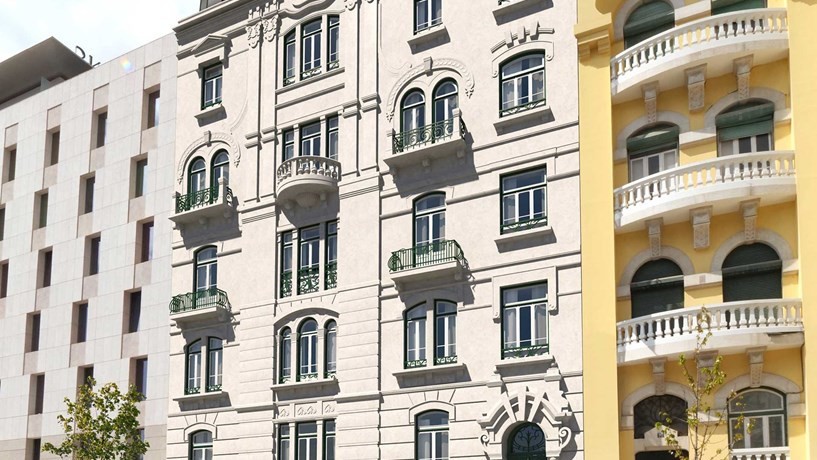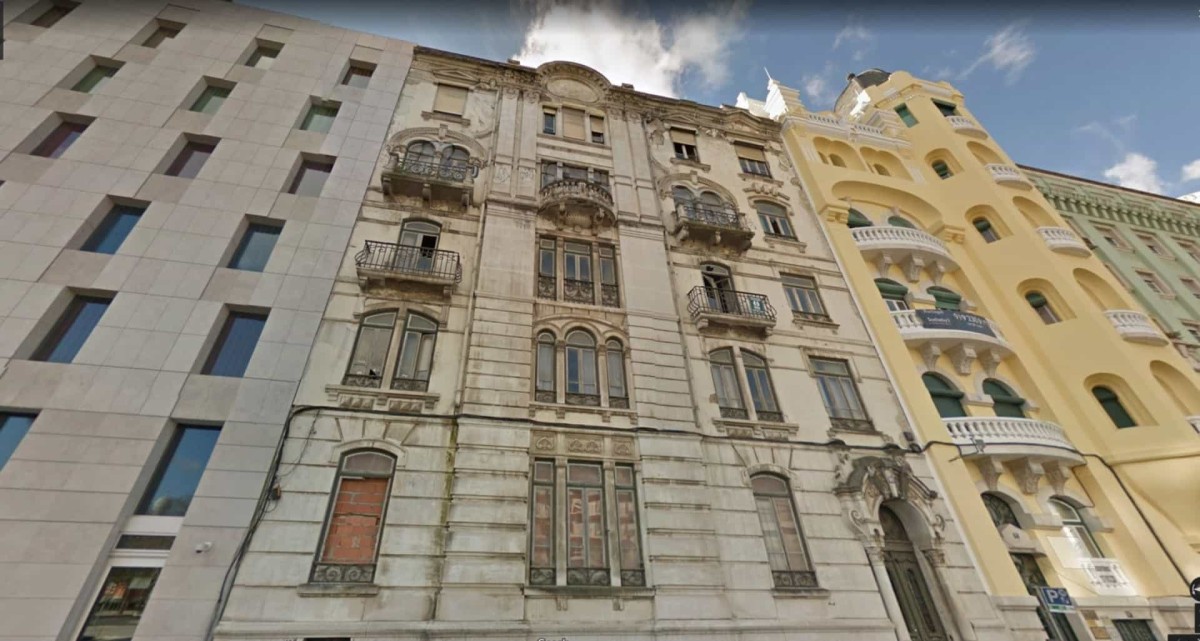
29 new luxury apartments are due to be built at number 95, Avenida da República in Lisbon and because of its status as a classified property, the buyers of any future apartments there will be exempt from having to pay the IMI and IMT property taxes. Lucios Real Estate is the property developer behind the project.
The new real estate development from the Lucios group is called "República 95" and will transform the old building into a luxury property with six floors and 29 brand new apartments. The typologies will range from studio flats (T0) to one- and two-bedroom apartments (T1 and T2), designed with areas of between 36 and 109 m2 (between 388 and 1,173 sq ft).
The houses are already in the sales phase, according to a statement from Lucios, and should be ready by 2020. The company adds that, "because it is a classified building, future buyers will be able to get an exemption from IMT and IMI."

"Our main mission is to preserve the original characteristics of the building, which give it a unique and exceptional character, while we guarantee the best conditions for the well-being of new residents inside, who can find at República 95 a highly exclusive space in one of the best areas of the city of Lisbon," says Lucios Real Estate.
The newly built spaces, inspired by the Art Nouveau movement, were "designed to adapt to the new needs of the city" and will combine "the elegance of the vibrant 1920s with more futuristic trends, through the adoption of new technologies that will ensure a balance of functionality, efficiency, comfort and well-being for new tenants."
History of the landmark bourgeois property in Lisbon
This property "is part of a set of buildings on Avenida da República, characteristic of the new urban tapestry, which emerged over the first two decades of the twentieth century as a result of a bourgeoisie class that wanted to combine comfort with an aesthetic that alluded to eighteenth-century buildings, translating into an eclectic architectural language," recalls, in turn, the Câmara Municipal de Lisboa (Lisbon City Hall) on its website.
This particular residential building, the brainchild of builder Joaquim dos Santos, was built between 1909 and 1911. "With a longitudinal floorplan, its harmonious façade the only one that faces the street, it spans five floors, enlivened by the opening of arcs at regular intervals, [and] is topped by a central medallion decorated with a stone vase, which was destroyed during the earthquake of 1962," says the city council.
Subject to extensive renovation work in 1991 under the supervision of architect José Miguel da Fonseca, the building retained its original façade but underwent a complete reconstruction inside to hold offices and workspaces. It is now once again being adapted and refurbished for residential purposes by Lucios.
"This property is classified as a Monument of Public Interest along with the building of Avenida de República, 97-97C," reads the Town Hall’s description.